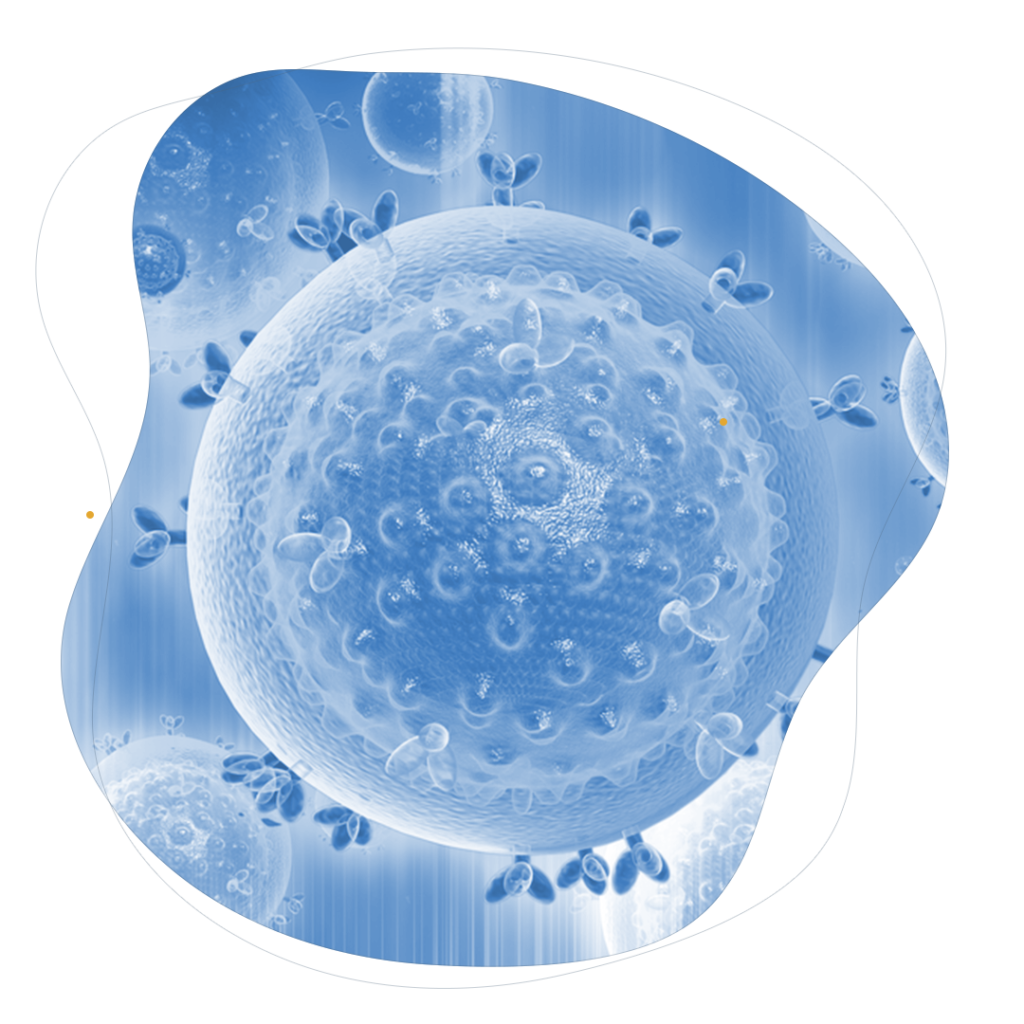Medical Evaluation
How is it transmitted?
Human immunodeficiency virus (HIV) can be transmitted from person to person in several ways:
- Genital contact during unprotected sex.
- Sexual practices with a high risk of transmissibility (anal and oral sex).
- Mother-to-child transmission by transplacental (during gestation), perinatal (during childbirth) or breastfeeding (through breast milk).
- Needlesticks, syringes or medical instruments previously used in a person with HIV.
HIV has been isolated from samples of blood, semen, vaginal secretions, breast milk and suppurative fluid from wounds or ulcers (such as those produced by other sexually transmitted infections), so direct contact between these substances or with blood will cause the transfer of potentially infectious viral particles.
There are also certain untrue beliefs about HIV infection. For example, body fluids such as sweat or saliva may contain viral particles. However, for infection to occur in a healthy person, it’s necessary for that person to present oral wounds (during a kiss) or on the skin (by skin-to-skin contact with sweat) through which the virus enters this person’s body. This type of situation is quite infrequent.
In normal situations, person-to-person contact by a kiss on the cheek, a handshake, a hug, or sharing clothing or cooking utensils does not transmit the virus.
Other infrequent forms of transmission include transmission by blood transfusions or organ transplants from HIV-infected donors. Procedures sufficiently regulated by health authorities in countries such as Spain and the rest of the European Union.

Andromedi pertenece a las organizciones médicas más destacadas en el sector de la Uro-Andrología